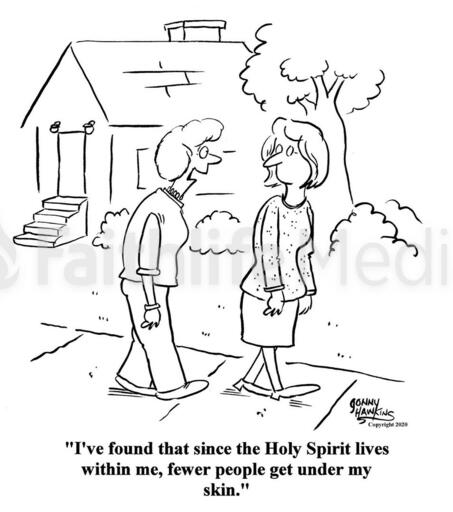Week 2 | The Coming of the Holy Spirit
Introducing key themes and the overarching vision of the book of Acts.
Big Idea: The Holy Spirit gives us a new lens to see the world.
Scripture: Acts 2:1-13
Intro:
Tension:
Big Idea:
Truth:
The Feast of Pentecost took place fifty days after the Feast of Firstfruits. (The word “Pentecost” means “fiftieth.”) This feast is described in Lev. 23:15–21. Just as Passover is a picture of the death of Christ (1 Cor. 5:7), and Firstfruits a picture of the resurrection of Christ (1 Cor. 15:20–23), so Pentecost pictures the coming of the Holy Spirit (1 Cor. 12:13). The loaves of bread with leaven were presented that day, a picture of the church composed of Jews and Gentiles. (In 1 Cor. 10:17 the church is pictured as a loaf of bread.) The leaven in the bread speaks of sin yet in the church. There are two occurrences of the Spirit’s baptism in Acts: upon the Jews in Acts 2, and upon the Gentiles in Acts 10. The two loaves presented at Pentecost foreshadow these events.
Read Acts 2:1-13
The association of the coming of the Spirit with a noise like a powerful wind and with tongues like fire is no doubt to be understood primarily in the light of the prophecy by John the Baptist (Luke 3:16), but at a secondary level the imagery used is reminiscent of the descriptions of theophanies in the OT.
Verses 5–13
The difference in languages which arose at Babel, has much hindered the spread of knowledge and religion. The instruments whom the Lord first employed in spreading the Christian religion, could have made no progress without this gift, which proved that their authority was from God.
Application
The Holy Spirit Brings Order, Not Disorder
The Holy Spirit Guides and Unifies
Application Points:
Landing
Pray







